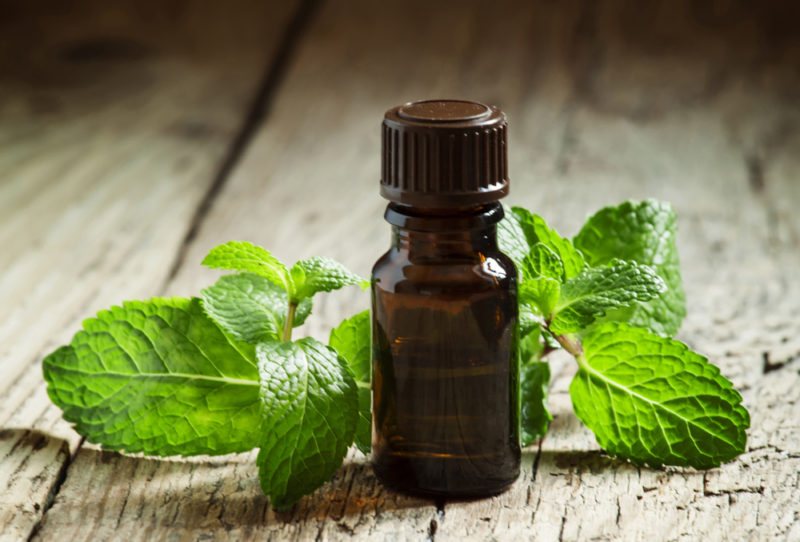
3/29/17
Another great class I had at Arbor Vitae was with Amy Galper of the NY Institute of Aromatherapy. This class was super informative and cleared up a lot of confusion and controversy surrounded the use of essential oils. Amy Galper was extremely knowledgeable on the topic and passionate about using essential oils for their intended therapeutic purpose. As with everything, the dose makes the poison, and in the case of essential oils – the type of constituents concentrated in the oil, the delivery system/route of administration, and dose all play a role in their toxicity. That’s why it’s extremely important to be knowledgeable about the chemistry of the individual herbal volatile constituents, as well as their traditional and studied uses.
I’m usually not a huge history fanatic, but I’ve actually been enjoying classes on the development of American Western Herbalism, and Amy Galper’s class started off with a bit of background history as well. I was fascinated by the story of three key persons who ‘discovered’ the therapeutic quality of the volatile components of aromatic herbs, and the eventual recognition of aromatherapy. It’s interesting to note that it began less than a century ago, in 1937, alongside the perfume industry in France. It took years of research by Gattfosse and an injury to Valnet to set the discovery in motion. Valnet used pure lavender essential oil on his burn and completely healed himself! Maury refined the holistic approach to aromatherapy, introducing a customized individual approach, and deeming dermal application optimal to get both the topical and olfactory (smell/inhalation) effect of the oils.
I also appreciated the detailed explanations of the method of EO extraction, and comparing them by smell and sight with the sample oils brought in by Amy. I learned that steam distilled is superior, followed by CO2 extraction, while solvent-extraction can be toxic. Now I know what key words to look for on labels, and to only trust the companies that disclose pertinent information on their products. Amy also recommended specific companies that she uses, and it was nice to know she doesn’t support the pyramid-scheme companies that market to the masses, often misconstruing the route of administration and therapeutic uses of the oils. Going over the phytochemistry of all the different terpenes, from simple to complex, and how that affects that senses was also extremely educational. The smaller the terpenes, the sharper and more focusing (and antiseptic) they are, while the heavier and more complicated terpenes are more soothing and sedating; the ketones are usually neurotoxic, phototoxic and unsafe in pregnancy (teratogenic). There’s a lot more to learn in this field for me, but this was a great introduction and answered a lot of questions I had.
The Site may contain links to affiliate websites, and we receive an affiliate commission for any purchases made by you on the affiliate website using such links. We are highly selective with what products we recommend. Our affiliates include ShareASale and Banyan Botanicals.

